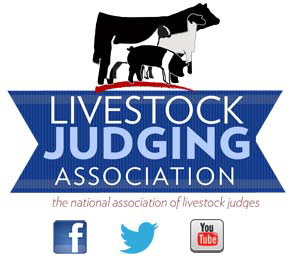Oral Reasons
Along with the responsibility of evaluating the animals, judges are also expected to verbally describe and explain their placing decisions over the microphone after each class, division, and championship. For some judges, especially new judges, placing the cattle is a breeze, but speaking on the microphone is a challenge. For these individuals, practice is the key. If one is not comfortable speaking on the microphone, he should not accept a judging responsibility.
Oral reasons styles vary, but the important thing is for judges to speak clearly, be positive, be encouraging, and adequately explain the reasoning behind their placings.
“If you are not comfortable giving reasons, then make them short,” advises Ward. “At least give the exhibitors enough respect by giving them some of your thoughts, even if brief. If someone can clearly relate their message about why they made a selection, then I am okay with them not being overly polished on the microphone.”
“Use terms that are standard accepted livestock vocabulary,” says Hawkins. “Don’t try to invent jargon terms.”
Williams adds that when judging open shows, a judge should offer at least one positive attribute of every animal in the class and address weaknesses with tact. “The man showing the last place bull may just have sold that calf to someone who’s watching in the stands,” Williams says. “So accentuate the positives, explain the negatives, and remember that every animal – first or last place – has a value to someone.”
Williams summarizes that the most important thing judges should remember when giving reasons is simply to tell the truth. “Accurately describe the cattle,” Williams says. “That’s the most important thing.”
 How do you become a jud...
How do you become a jud...
 Why Judge?
Why Judge?
 Judging - Before the Sh...
Judging - Before the Sh...
 Oral Reasons
Oral Reasons
 The Judge’s Attire
The Judge’s Attire
 Handling Unruly Animals
Handling Unruly Animals
 Livestock Judging: A Jo...
Livestock Judging: A Jo...
 Judge's Checklist
Judge's Checklist
 Dealing with Angry Exhi...
Dealing with Angry Exhi...
 Others Trying to Influe...
Others Trying to Influe...
 Judging - During the Sh...
Judging - During the Sh...
 Judging Too Slow or Too...
Judging Too Slow or Too...
 Judging - Lifelong Lear...
Judging - Lifelong Lear...
 Judging - After the Sho...
Judging - After the Sho...
 How to Handle Show Prot...
How to Handle Show Prot...
 Exhibitors Who Miss The...
Exhibitors Who Miss The...

